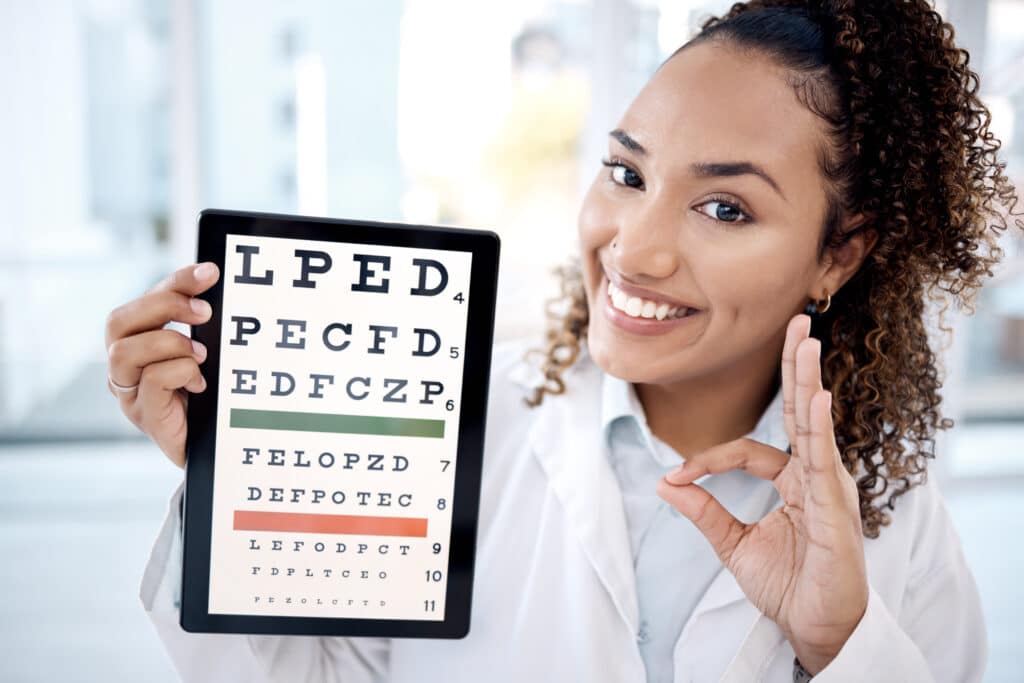Neurologists
״We seamlessly process objects, words, shapes, colors, movement and faces simultaneously within milliseconds with the mechanism rarely, if at all, flickering into our consciousness. Perhaps because of the apparent ease with which we are able to see, we live with the illusion that seeing is easy.״
Cooper, S. A. (2012). Higher visual function: hats, wives and disconnections. Practical neurology, 12(6), 349-357.
What they’re saying
Is there a presentation about the critical role of vision in human behavior and performance at your neurology meetings? Perhaps it’s time that there was.
Vision is the largest neurological event
taking place in the human brain
There are high-level meetings and webinars taking place all over the world aimed at educating and enriching neurologists so that in turn, they may help children and adults overcome their life-challenges more effectively. This is truly wonderful. But there’s one topic that’s rarely spoken about: vision.
“More than 50 percent of the cortex, the surface of the brain, is devoted to processing visual information,” points out Williams, the William G. Allyn Professor of Medical Optics. “Understanding how vision works may be a key to understanding how the brain as a whole works.[1]”
20/20 Eyesight Vs Good Vision
Your client went for an eye examination and was told that they have 20/20 eyesight. What does that mean? It means that they can see small details from far away. But think for a moment. When you read, you need to point both your eyes with great precision at the same place on the page (eye teaming) and you need to keep the image clear (eye focusing). You also need to be able to transfer your gaze accurately from word to word, and line to line (eye-tracking). The information is imaged on the back of the eye (the retina) and is then sent to the brain to be interpreted (visual processing). When our brain finally makes sense of all that information, we “see” it. Yes! We see with our brain but gather the information with our eyes. Seeing is something we do. And we do much more with our visual system than just see small from far. Just read some examples of how life-changing improving these skills can be here.
So, while having 20/20 eyesight is nice, it’s not the same as having good vision. If you have good vision then you can meet all the visual demands of life, effortlessly. This includes reading, writing, copying, reading music, driving and playing ball sports. Soon, being able to use Virtual Reality(VR) goggles comfortably will become important for so many more people. But having good vision also means that you can sustain visual attention, remember things you’ve seen, like words on a board when copying. When it comes to spelling, remembering what the words sound like is not enough; you also need to be able to remember what they look like. And perhaps the ultimate in having good vision is the ability to visualize. This is the skill that enables us to think ahead, using imagery, and make good choices. It’s what enables us to imagine where we would like to get to in life, to have ambition. After all, when we can see clearly the things we’d like to achieve in life, it’s a lot easier to get there.
The power of vision
Here is an example of a person with exemplary vision.
He has excellent eye-tracking, eye-teaming and eye-focusing skills. In the slow-motion parts of this video, you can see how busy he is carrying out these skills. He has a good level of visual discrimination too. While doing seeing, he still had resources available for hand-eye coordination, executive function, motor planning and fine motor coordination.
A vision examination should include checking all these skills, at least to assess whether a person can meet the visual demands of his/her life e.g., copying from the board, efficiently. Sadly, it rarely does. They keep checking how small you can see on a chart like the one below invented in 1862.
Vision and ADHD
“If you’re not focused (visually), you cannot be focused (mentally).” Robert Lederman
A 2016 study published Optometry and Vision Science[2] found that children with vision problems are 200% more likely to be diagnosed with ADHD.
Researchers looked at 75,000 students and found that 15.6% of those with vision problems had also been diagnosed with ADHD. In contrast, only 8.3% of students without vision problems had been diagnosed with ADHD.
The symptom profile of ADHD and some problems of visual efficiency, principally convergence insufficiency, are almost identical. Here’s a list of signs and symptoms for someone who is struggling visually.
Dr. Richard Saul, pediatric neurologist and author of the provocatively titled book “ADHD does not exist”, finds that undiagnosed visual issues are the #1 cause for misdiagnosis of ADHD.
Dr Saul begins each chapter with a boxed Big Point, and for the Big Point about vision problems he writes:
“Problems related to vision are among the most overlooked explanations for attention-deficit/hyperactivity symptoms. Children (and adults) who struggle to see normally are likely to demonstrate short attention span and distractibility that may be mistaken as symptoms of ADHD. Steps taken to address the vision problem should resolve the attention/hyperactivity symptoms.”
Addressing vision issues at their core can be life changing. Listen to Eitan describe the changes he experienced from optometric vision therapy.
Listen to Anna as she describes how vision therapy helped her recovery following a whiplash injury
Strabismus and Mental Illness
A paper published in Pediatrics (3) looking at how an unstable visual environment might lead to the development of mental illness concluded that “children diagnosed as having strabismus in this population, especially those with exotropia, were at increased risk for developing mental illness by early adulthood. Patients with intermittent exotropia seemed to be particularly prone to developing significant psychiatric diseases by the third decade of life.”
Vision and TBI
MDs often overlook visual issues during the initial stages of treating a brain injury, and sometimes, symptoms may not manifest until after some time post-injury. Neglecting visual system disorders can result in severe consequences that affect the ability for your patients to manage simple tasks. They may feel that “something is wrong” with their vision despite having been told that all is well by ophthalmologists and neurologists. If your patients describe any alterations in their vision subsequent to a concussion or other head trauma, it’s crucial not to dismiss them even if they have been seen by ophthalmologists.: Promptly refer them to their nearest developmental optometrist. Not every optometrist specializes in developmental optometry, so we’ve made it convenient for you to locate the nearest one here.
Vision and Stroke
Approximately two-thirds of stroke survivors experience visual impairment, often linked to reduced central or peripheral vision, abnormalities in eye movement, or deficits in visual perception. Post-stroke, individuals may encounter a variety of visual disorders that manifest as blurred or distorted vision, double vision, loss of visual field, reading difficulties, heightened sensitivity to light, and challenges recognizing familiar objects or people.
The impact of visual impairment extends to everyday activities such as driving, performing daily tasks, and engaging socially. Given the prevalence of visual symptoms and their significant impact, it is advisable for all stroke survivors to undergo thorough screening for visual disorders immediately after a stroke. This screening may lead to a referral for specialized assessment and tailored treatments for specific visual impairments.
Similar to Traumatic Brain Injury (TBI) cases, stroke survivors often require a multi-disciplinary approach to rehabilitation. Effective rehabilitation following a stroke frequently involves comprehensive visual neurorehabilitation therapy in conjunction with physical and occupational therapies. Early intervention by a Neuro-Optometric Rehabilitation Optometrist is vital to address an individual’s visual rehabilitation needs, working collaboratively with other rehabilitation professionals to assist the stroke survivor in adopting new techniques or compensatory strategies to manage any residual disabilities.
This gentleman suffered a stroke and was referred for optometric vision therapy. The therapy improved his tracking skills.
Following are some common vision problems that may occur following brain injury or other medical conditions such as a stroke:
Eye focusing – Blurred vision or ability to shift focus between objects between near and far distances may be compromised.

Eye teaming - Your eyes may not work together properly as a team even to the point of experiencing double vision.

Eye movements – You may experience difficulty with eye movements when reading or trying to follow a moving object (like a ball being thrown). Losing your place while reading is a common complaint.

Motion sensitivity – The integration between the vision and balance system can be disrupted, making it difficult to process motion properly. Symptoms can include discomfort and even dizziness when scrolling on a computer screen or phone, or when in busy environments such as grocery stores, social settings, or sporting events.
Animated images courtesy of Nielsen Vision Development Center (Selma, TX)
What can you do to help?
So, what can you do to help your patients address their visual issues? If you suspect that your client is grappling with visual challenges, recommend a visit to a board-certified neuro-developmental optometrist. For a list of signs and symptoms, refer to our Vision Therapy Page. Not every optometrist specializes in neuro-developmental optometry, so we’ve made it convenient for you to locate the nearest one here. A neuro-developmental optometrist will evaluate how well a person manages to meet the visual demands of all the aspects of their life. They may prescribe glasses specifically for reading, work or even for improving stability when walking. They may also recommend optometric vision therapy. Optometric vision therapy is a supervised program to enhance vision skills, including eye teaming, eye tracking, and eye focusing, while improving visual processing. To understand more about how optometric vision therapy can improve the life of your patients visit this page.
Want to learn more from an expert?
Book Robert Lederman for your next meeting, whether it’s live, hybrid, or an online seminar. learn more from one of the best in the field about the central role of vision in attention, cognitive function, and behavior.
Learn why and when to consider vision in your treatment plan.
Transform your next event with a captivating lecture from Robert Lederman
Contact us at the office today and find out more about his live presentations and webinars on the critical role of vision in our lives
I am not just an optometrist; I am a passionate advocate, educator, and speaker with a track record of over 400 presentations. I am on a mission to contribute towards awakening the world to the critical role that vision plays in determining our performance in various areas of life.
Through engaging live speaking events, I have had the privilege of sharing my expertise with professionals across diverse fields, including remedial teachers, neurologists, educational psychologists, occupational and physical therapists, family doctors, ophthalmologists, music teachers and more.
Together, we explore the profound impact that vision has on their work, uncovering new possibilities and strategies for enhancing patient outcomes. With a personalized and interactive approach, I create memorable experiences that empower and inspire. Let’s connect at your next conference, event or webinar where I can bring my wealth of experience and insights to ignite a collective understanding of the extraordinary power of vision in transforming lives.
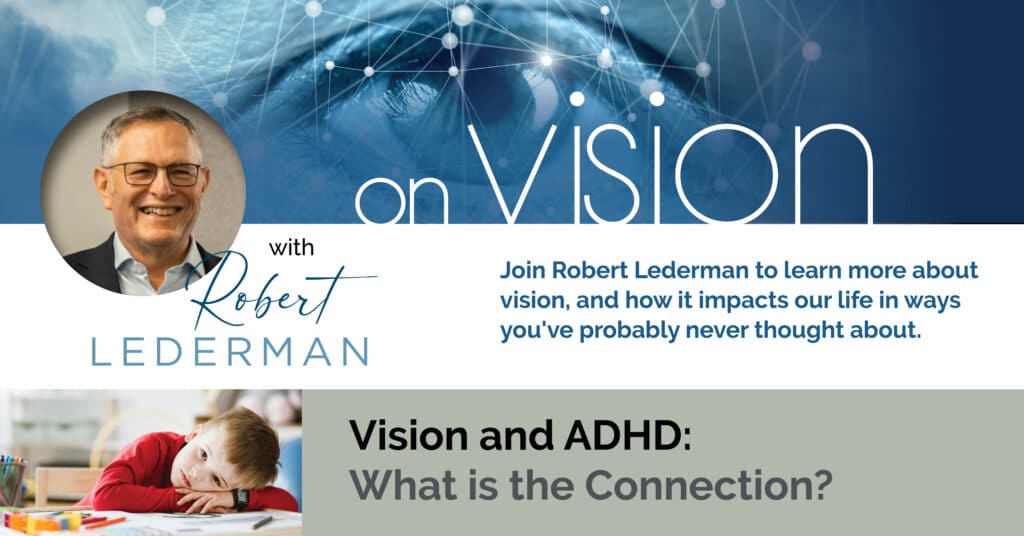
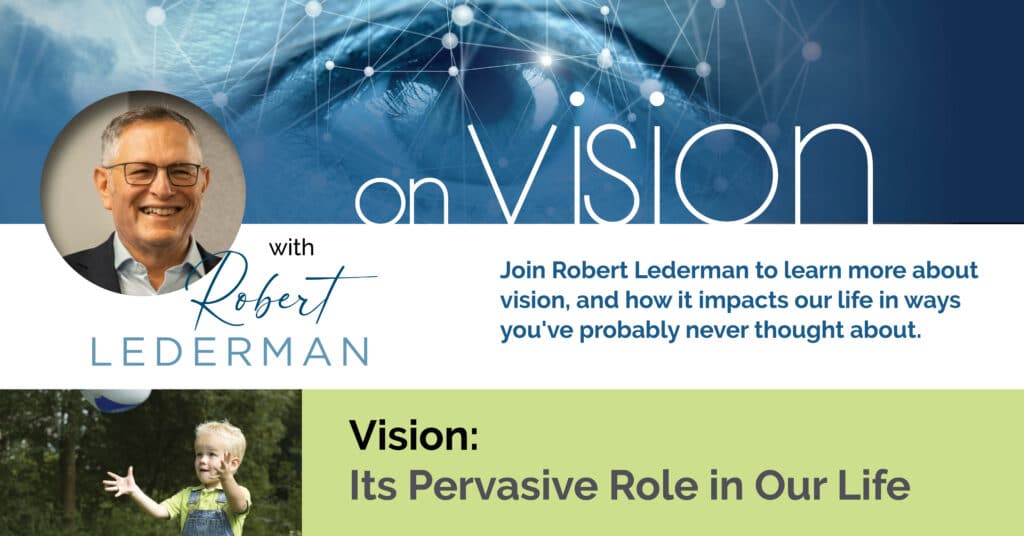
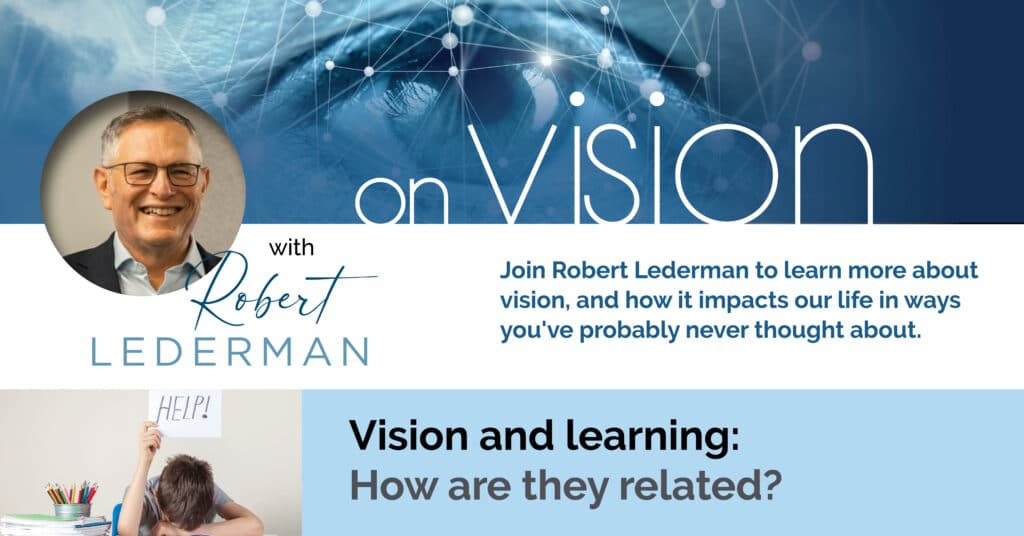
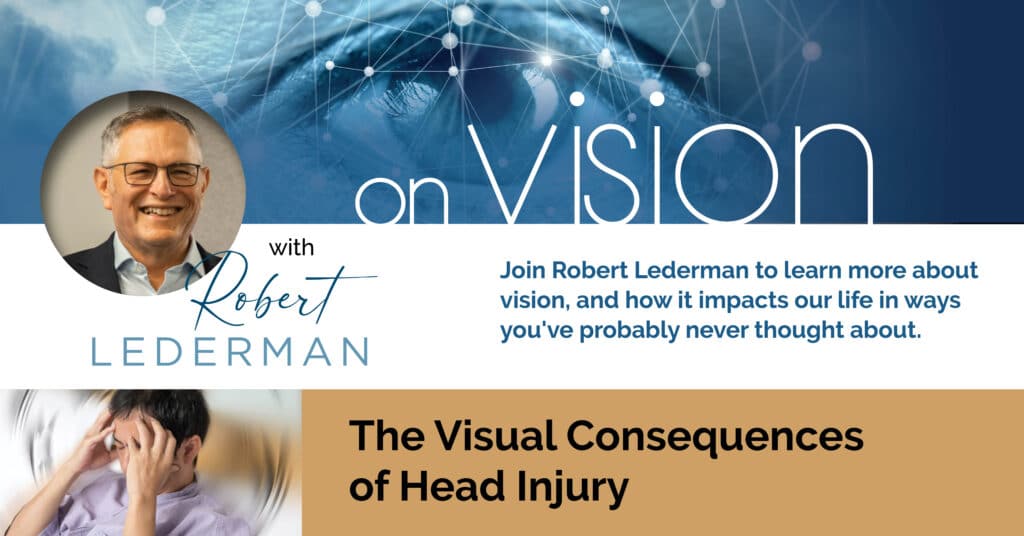
Learn From a Vision Expert
Invite Robert Lederman to Speak
The single greatest neurological event taking place in a human being is vision, yet it is rarely discussed at neurology meetings. It’s time for this to change. Invite Robert Lederman to your next meeting and gain a deeper understanding of vision beyond just 20/20.
Robert Lederman has 35 years’ experience in clinical diagnosis and management of learning, attention, and performance-related vision issues. He has seen over 17,500 patients in his clinic, LedermanVision (ledermanvision.com)
Robert Lederman has been sharing what he knows about vision for 35 years. He is a sought-after lecturer, fascinating and enthralling audiences time after time as he shares his knowledge, research findings and clinical observations regarding the pervasive role of vision in our life, and all that can be done to improve the way we do seeing. He is a visiting lecturer at The Edmond J. Safra Brain Research Center for the Study of Learning Disabilities, Haifa University and has delivered over 400 presentations around the world about many aspects of vision. And he is ready to enrich your professional group too!

References
1.https://www.rochester.edu/pr/Review/V74N4/0402_brainscience.html
2. DeCarlo DK, Swanson M, McGwin G, Visscher K, Owsley C. ADHD and vision problems in the national survey of children’s health. Optometry and vision science: official publication of the American Academy of Optometry. 2016 May;93(5):459.
3. Mohney BG, McKenzie JA, Capo JA, Nusz KJ, Mrazek D, Diehl NN. Mental illness in young adults who had strabismus as children. Pediatrics. 2008 Nov;122(5):1033-8.

